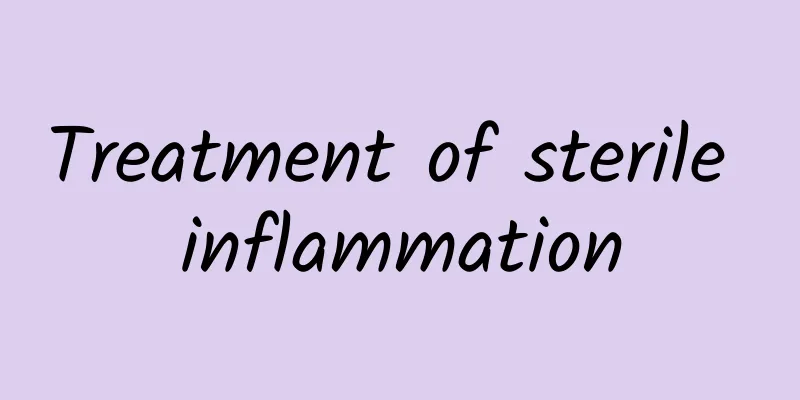Esophagus pain chest pain

|
People don't easily feel pain in their esophagus, but if you feel pain inside the esophagus during the swallowing process, or even a burning sensation or acid reflux, you must be careful as it may be an early sign of esophageal cancer. The symptoms of esophageal cancer are different, and the chance of developing it is also different. It is more common in China and is related to everyone's diet. Esophageal cancer occurs in countries around the world, with significant geographical differences in its high-incidence areas. There were records of "choking" in western Henan Province of China more than 2,000 years ago. Most scholars believe that esophageal cancer is caused by carcinogenic factors in the environment. Proposed carcinogenic factors include nitrosamines and mycotoxins. The lack of certain trace elements in food, such as molybdenum, iron, zinc and fluorine, may indirectly promote cancer. Smoking and drinking may be the main causes of disease in some countries, but they do not play an important role in China. Certain foods (such as sauerkraut containing mold) and eating habits (such as liking to overheat food) may be related to the onset of the disease. Malnutrition, insufficient protein intake, and deficiency of vitamins A, B, and C may be a condition for the onset of the disease. In short, esophageal cancer may be the result of the combined action of multiple factors, with carcinogens as the main factor. Although known carcinogens can induce esophageal cancer in animals, none of them is recognized by everyone. The exact cause of esophageal cancer is unknown. Obviously, the environment and certain carcinogens are important risk factors. (1) Nitrosamine compounds and fungal toxins: Nearly 30 types of nitrosamines are known to induce animal tumors. In China, nitrosamine methylbenzyl, nitrosamine ethyl sarcosine, nitrosamine methylpentyl, nitrosamine and diethylnitrosamine have been successfully used to induce esophageal cancer in rats. Investigations in my country have found that the levels of nitrate, nitrite and secondary amine in food and drinking water in high-incidence areas have increased significantly, and are positively correlated with the local incidence of esophageal cancer and severe esophageal epithelial hyperplasia. These substances can easily synthesize carcinogenic nitrosamines in the stomach. The carcinogenic effect of fungal toxins has long been noticed by people. The results of a study on esophageal cancer in Lin County, my country have shown that various moldy foods can produce chemical carcinogens, including Fusarium, Geotrichum candidum, Fungi such as Aspergillus flavus and Aspergillus niger can not only reduce nitrate to nitrite, but also increase the content of secondary amines and promote the synthesis of nitrosamines. After cornmeal is inoculated and cultured with Fusarium or Aspergillus flavus, the content of secondary amines can increase several times, among which methylbenzylnitrosamine is a specific carcinogen that induces esophageal cancer in rats. Domestic scholars have also found that the esophageal epithelial cells adjacent to the site of fungal invasion may show simple hyperplasia, mild to severe atypical hyperplasia, and even obvious cancer. This suggests that fungal infection is closely related to abnormal differentiation and division of esophageal epithelial cells at different stages. It was also found that pure strains of Candida albicans could be isolated from the hyperplastic epithelium adjacent to esophageal carcinoma in situ. Therefore, some people believe that the long-term and continuous invasion of the esophageal epithelium by fungi with carcinogenic potential may cause or may cooperate with other carcinogenic factors to promote cancer. Therefore, esophageal fungal disease may be one of the precancerous lesions of esophageal cancer. Sauerkraut is a major side dish for residents of Lin County. It is often seriously contaminated by Geotrichum candidum and contains high concentrations of nitrates, nitrites and secondary amines. Thin layer chromatography analysis can reveal the presence of nitrosamines. The data also proves that the amount of sauerkraut consumed is positively correlated with the incidence of esophageal cancer. Long-term feeding of rats with sauerkraut extract and concentrate has also been shown to have the effect of causing esophageal cancer. |
<<: What is the cause of chest tightness and pain?
Recommend
Can kidney failure be cured?
When it comes to the disease of renal failure, I ...
How to deal with red and swollen upper eyelids
People always say that eyes are the windows to th...
How to massage your baby's tummy
For those young parents, they generally do not ha...
How to prevent gynecological diseases from recurring
For women, once they have a gynecological disease...
Early symptoms of pneumonia in babies
Baby pneumonia is the most common respiratory dis...
What are the symptoms of prolapsed internal hemorrhoids? What are the hazards?
Hemorrhoids are the most important part of anorec...
What is hemoptysis?
Hemoptysis refers to bleeding in the trachea or l...
Traditional Chinese Medicine Treatment Methods for Skin Vitiligo
Vitiligo is a common clinical disease, and its ma...
Can fire therapy cure synovitis?
Fire therapy is now called a green therapy by man...
Why does my whole body itch when I run?
Many people have the habit of running in their da...
The efficacy and function of dried mulberries and how to eat them
Dried mulberries are fresh black mulberries that ...
Dry skin in winter
In winter, the weather is relatively dry, so you ...
Seven-year-old girl grinds her teeth when she sleeps at night
It is a very common factor for children to grind ...
Why do girls have thick necks?
Once the thickness of our neck is determined, it ...
Symptoms and treatment options for genital herpes in women
At present, many female friends often find that h...









